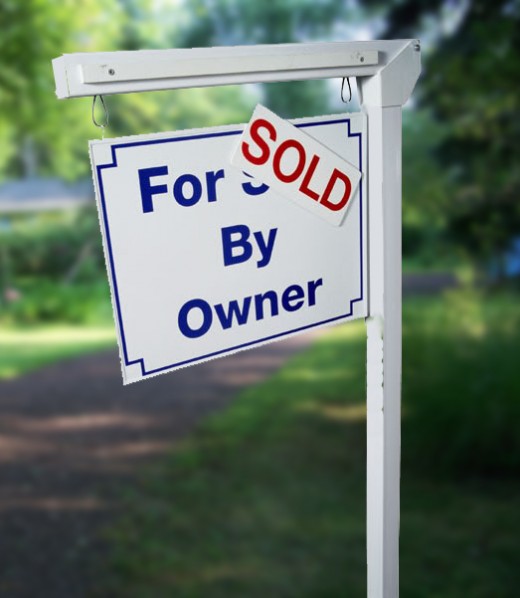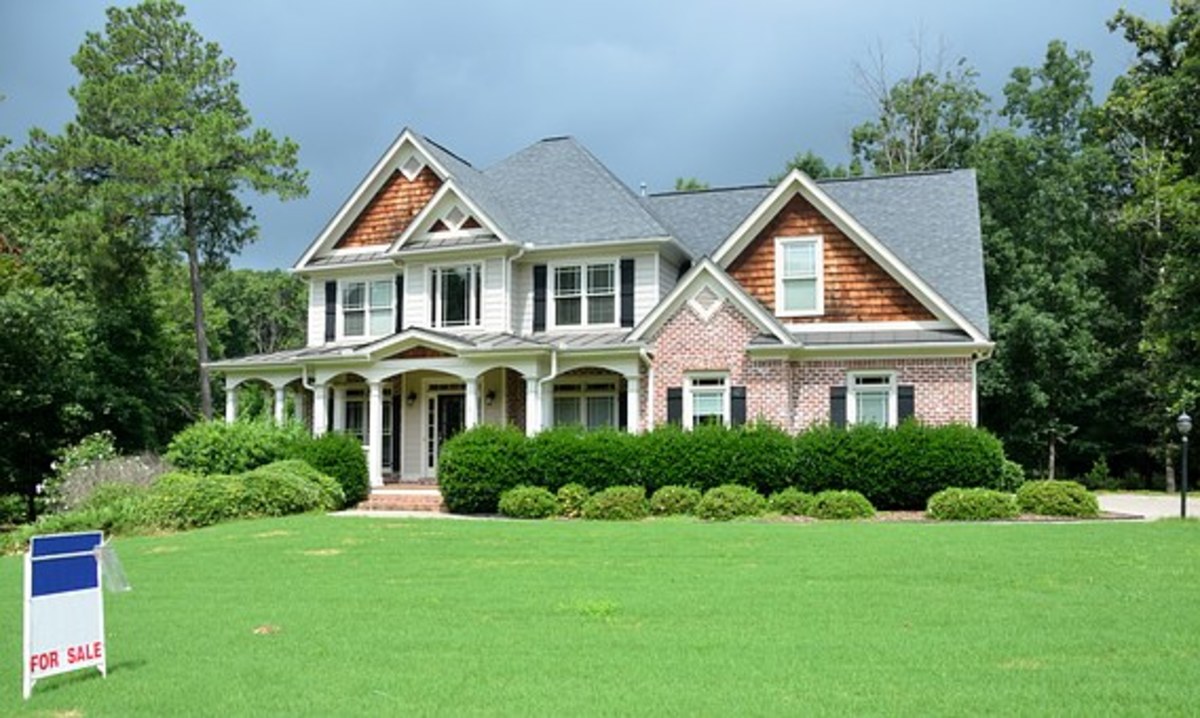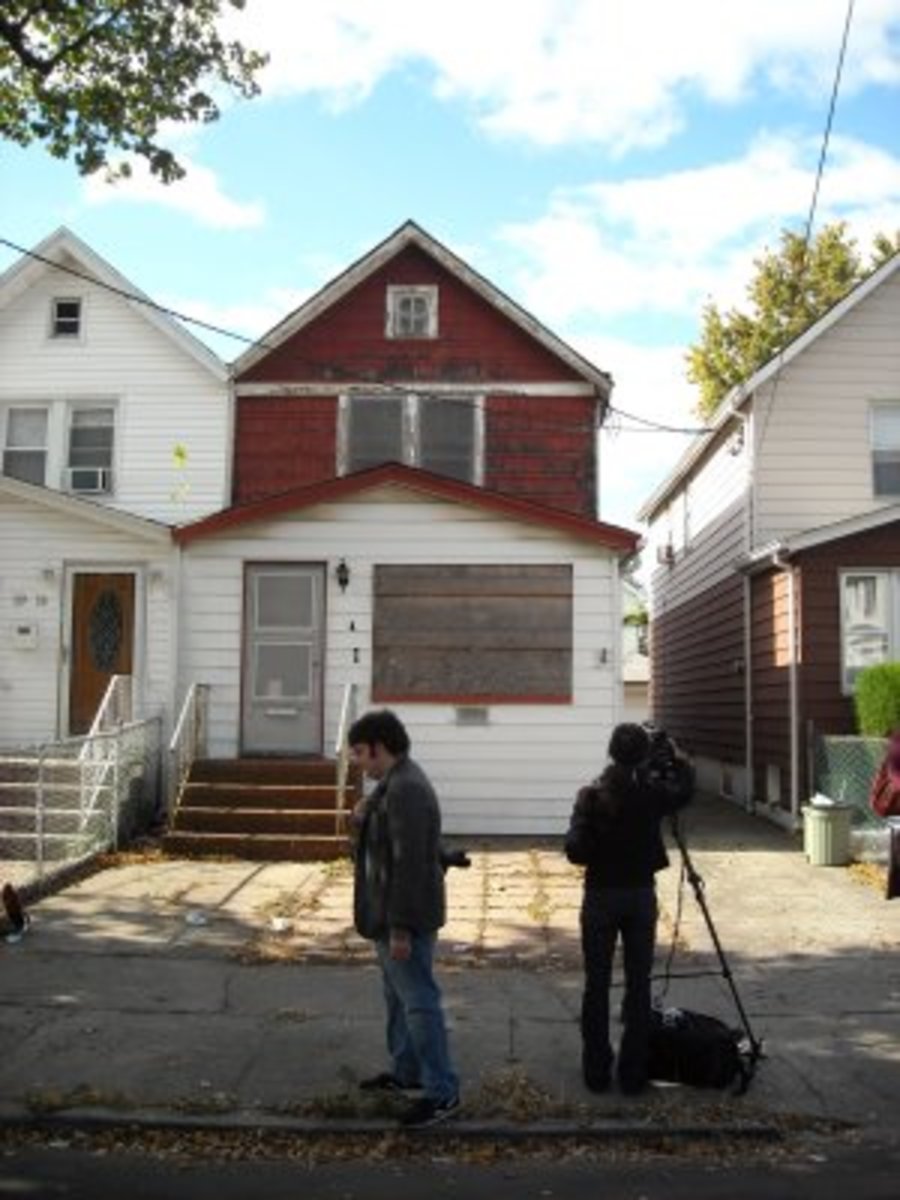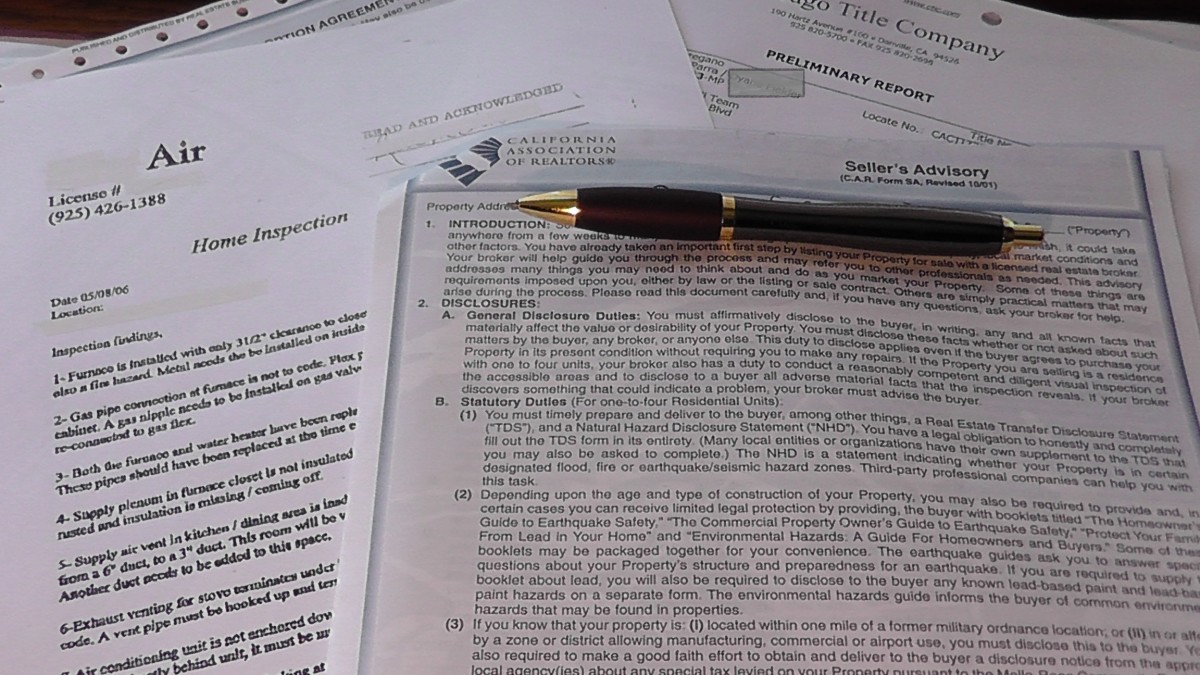DIY - Sell Your House Yourself: How To Set An Asking Price - Part 2

In the previous article in this series, we discussed how to use the real estate website Zillow.com to start developing a realistic asking price for your house. But the process needs to look beyond the “Zestimate” that Zillow with give your house—and thankfully so, because those Zestimates are notorious for being way off!
The key is to not only look at recently sold properties in your zip code—which is how Zillow creates their Zestimates—but to compare those properties to yours in a much more informed way than any website’s algorithm could possibly do. Yes, in a way you will inevitably be comparing apples to oranges, since no two houses are ever exactly alike. However, with perseverance you will be able to generate a reasonable, fair starting price for your house—if I did it, so can you! And the way to begin is with those two lists you made earlier, as I advised in the previous article, the list of good things about your house, and the list of bad things.
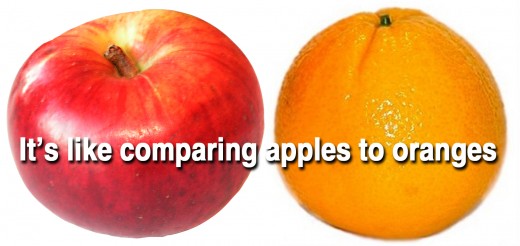
Rotten windowsill & overgrown shrubbery - two real negatives for potential buyers
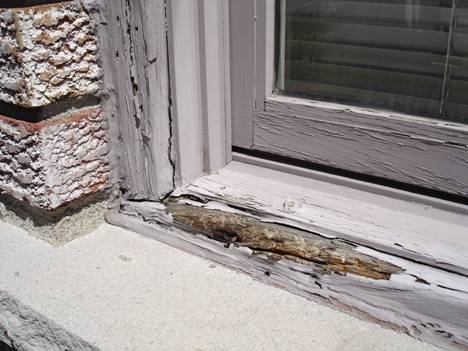

Look over both lists and reorder them based on which are the most important, and the least. For example, if your house has any serious structural damage, that is a significant negative. An example would be a roof that has shingles missing, window sills with rotten areas, siding with holes, a torn up driveway or any other clear, obvious problems. Less important issues include old, faded or scuffed paint, older carpeting, anything that looks dingy, outdated or just plain old.
It would be a huge mistake, however, to broadly categorize anything that hasn’t been updated in your house as a problem. The lovely woodwork and hardwood floors characteristic of older homes, for the most obvious example, can give a house not only charm, but also loads of re-sale value. The same is true of high-quality built-in cabinetry, mantles, tile floors, brick or stone patios and any number of other features that are by no means new, but by all means desirable.
A fabulous resource for any house seller, Zillow.com!
Stone Farmhouse (1765) & Brownstone (1858)
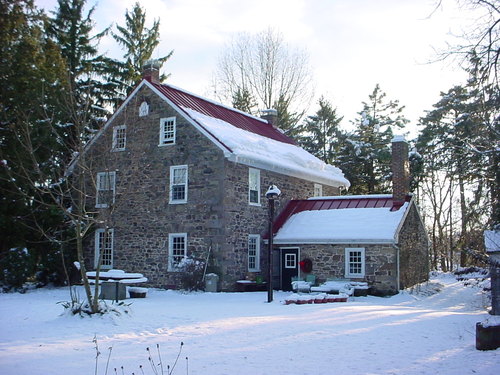

Which house says "home" to you? Victorian (1870); Tudor (1928); Four Square (1942); Colonial Revival (1952); Split Level (1964); Modern Style (1985)
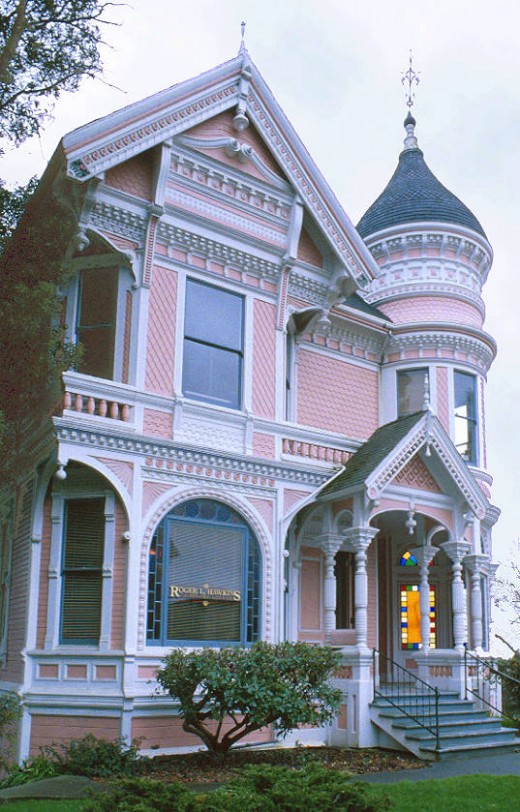
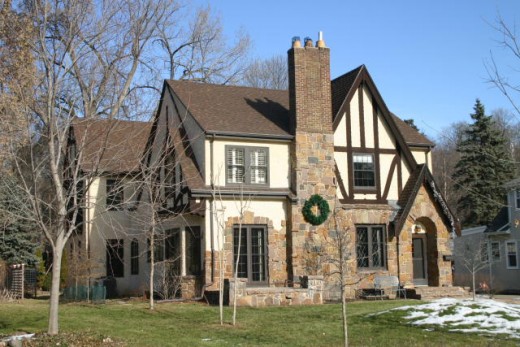
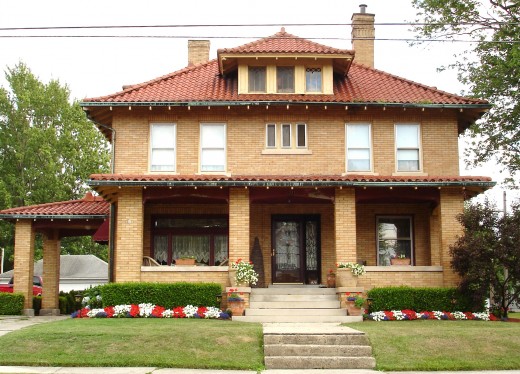

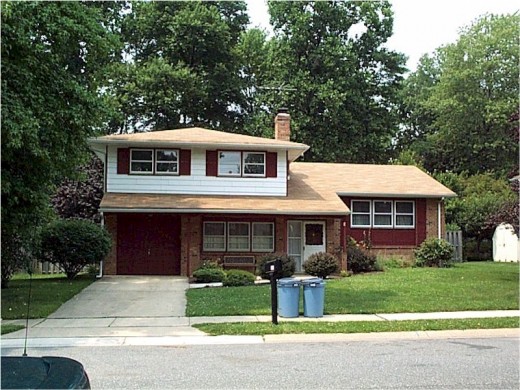

The most important single tip I can give you regarding the value and salability of real estate is the word, “clean”; it is the quality most desired in any property. It’s why the golden words when writing real estate ads are “sunny,” “bright,” and any version of the concept of cleanliness (this is such an important topic that I will go into great detail on how to use those golden words in one of the upcoming articles in this series.)
Sunny and bright spaces are places where there is no visible dirt; much of what people like about anything that is new is that it is also clean. For this reason it is a mistake—and can become a very costly one—to try to replace anything older in your house with something new. Sellers try to do this all the time, and it can actually work against their best interests to assume that “new” is the only way to achieve “clean”
If a buyer wants new construction, then that is what they will look at, and they will only look at new houses. If your house I more than a few years old, they will not be interested in it, and no amount of new stuff will change that. In my experience buyers have an image in their minds of what the house they will buy will look like, and a house that does not meet that basic criteria is not going to interest them. And people fall into only a few categories when it comes to the age of the house they will consider: Those looking for seriously old houses (meaning pre-1900 in most parts of the USA), those who want a vintage home (early 1900s through the 1940s), those who find charm in Mid-Century Modern homes (1950s through 1970s), those who want a newer home but not new construction, and those who will only consider a house if they will be the first to occupy it.
You cannot change how old your home is, and there will be people uninterested in it due solely to its age. However, one thing that you can do—and which might make the difference between a quick sale and a house that lingers on the market—is to make it a clean house. We’ll discuss this more when we get to the upcoming article about staging your house for sale; for now let’s go back to how to generate a reasonable asking price for your house.
Realtors can make a big mistake by not taking into account the age of your home when finding comparable, recent sales to use to set a price for your house; do not make the same error. Square footage and lot size are not the whole story, not by any means. In each area of the country, moreover, there are certain styles and ages of houses that are more desirable than others. If you own a stone farmhouse in the Northeast and Mid-Atlantic states, for example, that house has an appeal that transcends nearly any other factor. Brownstone row homes in the metropolitan portions of the same area also have a tremendous cache. Each part of the country has one or two most-desired house types and it’s wise to keep that in mind when you use the resources of the internet to find recently sold houses comparable to yours.
And yet the most important factor of all when looking at these comps is the condition of the property—and I mean the entire parcel, not only the house but the grounds, the gardens, the hardscaping (driveways, patios) as well any out buildings, fences, ponds or other parts of the real estate. This is when you need to be absolutely honest with yourself as you compare these houses to yours. I cannot stress this enough, and I’ll tell you why.
Before I listed my house as For Sale By Owner, I had it appraised by two Realtors. Each provided four alleged “comps” in support of their estimate. And every one of those eight properties differed from my house in significant and obvious ways, ways that decreased the value of those houses compared to mine. I know what people say (some of them said it to me): that the owner can never set a reasonable price for their house because they cannot be objective. I’m here to tell you that statement is nonsense! I not only put my house on the market at a fair price, I got that price, which is the true test of price after all. Whatever you are selling, it is only worth what someone will pay for it.
So how did I do it? Well, let’s take a closer look at the eight so-called “comps” given to me by two different Realtors to explain the asking price they suggested for my little house: Two were on very busy roads, whereas my house was on a quiet country lane. Four had serious structural problems or were is disrepair that was obvious from the street when I drove by them—and it is absolutely necessary that you drive by any comps to your house, whether you find them or they are provided by a Realtor or appraiser. One of these supposed comps in fact had a roof partially covered by a big blue tarp and was nearly hidden by extremely overgrown shrubs. The other had a porch held up with raw two-by-fours.
A blue tarp on the roof is just never a good thing

You're going to need lots of signs!
The other two houses each had very odd, unattractive additions: one house’s roof had been popped up in a way that detracted from its appearance, the other had a rambling shed-like structure pasted on to its side. Both additions looked poorly built and screamed Do It Yourself gone terribly, terribly bad.
Now, don’t get me wrong, my house was not perfect. However, it was a good, move in shape and had been well maintained. Moreover, it had the most important quality of all: it was clean. And yet those two so-called experts recommended that my house be listed for no more than the prices for which those eight not-really-comparable houses had been sold.
For these reasons, I used the comps provided by these real estate experts as a base below which my house should not be listed and moved on, searching for properties that were a much better match to mine. And at that point I also decided to sell it myself.
I found three houses—all sold within the past two months—and all much closer to what my own house offered. Two were larger, so I used their price per square foot as a guide to pricing my house. The third house was nearly a perfect match accept that it was on a significantly larger lot; I therefore used the price per acre from that sale as a guide. When I did so I came up with prices within a few thousand dollars of each other; I averaged them together and the result was an asking price $60,000 higher than the price recommended by the Realtors. I then added 15% to my asking price to allow for room to negotiate, understanding that a 10% discount is normal when making an offer on real estate.
When I went to settlement for my house, the actual sales price was exactly the estimate I had generating by using the comparable, recently sold properties I had found. If you work hard at the project and are honest about the condition and desirability of your own house, you will be able to do the same.
Next in this series we will talk about the first step in marketing your house: writing clear ads that will bring potential buyers right to your front door.
NEWSFLASH: Since this article was published, http://www.Trulia.com has created a new feature on their Real Estate listing site that competes directly with the Zestimates offered by http://www.Zillow.com. A quick exploration of this new element indicates that it functions the same way as does the Zillow Zestimate, and is therefore susceptible to the same issues. If you are planning to sell your house, in fact, even if you think you might one day sell, you should claim your house on both sites immediately and update the home description and details now so that the sites can adjust their estimates accordingly before you actually try to sell. Potential buyers will look at both these sites, so estimates that are set too low due to incomplete information about your property could hurt your ability to get a realistic price for your home.
(I am an artist and the author of the Suburban Sprawl series of novels as well as two nonfiction books. Find out more about my work at RobertaLeeArt.com.)
Copyright © Roberta Lee 2012. All rights reserved.
Previously in this series:
- DIY - Sell Your House Yourself: How To Set An Asking Price - Part 1
If you are selling your house one of the hardest things to do is set a realistic asking price. Here's real, practical advice from someone who succeeded in selling a house without a realtor--and saved thousands by doing so! - DIY - Sell Your House Yourself: How To Get Started
Selling a house is a difficult task, especially in today's market. However, I sold my own home, I sold it within 2 months, and I got a very fair asking price. This is the first in a series of articles that will explain exactly, in detail, how I did s
